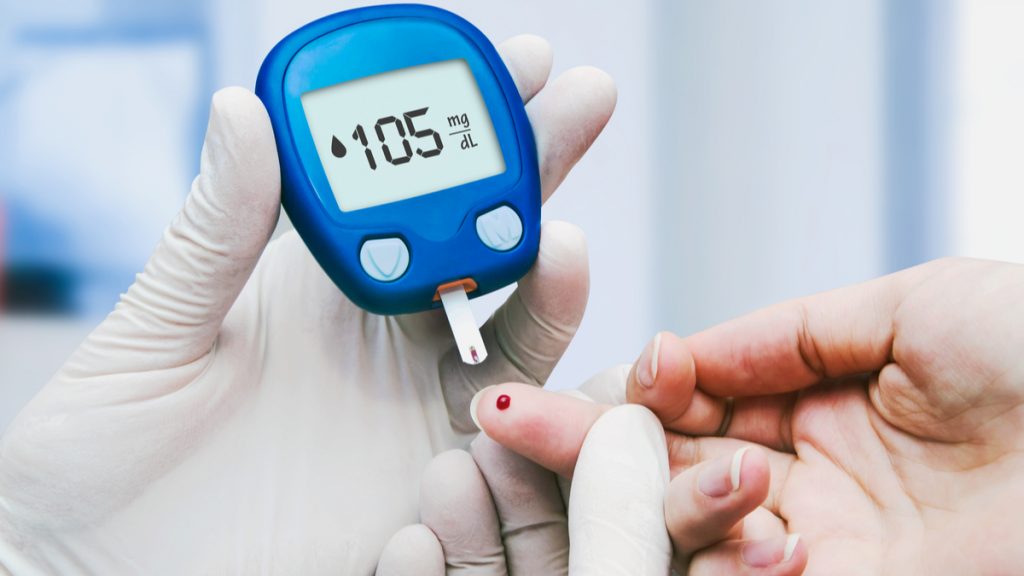Once a patient is diagnosed with diabetes, they must learn to live with it since there is no cure for this disease. Fortunately, science and medicine are still evolving, and there may one day be an effective treatment to reverse diabetes. And it could already be within reach, since a team of researchers has successfully treated the disease with ultrasound.
A non-invasive, drug-free technique to reverse diabetes
Diabetes is a metabolic disease that causes blood sugar levels to rise. This increase is notably linked to insulin, a hormone whose role is to move sugar from the blood to the cells so that it can be stored or used as a source of energy. For people with diabetes, the body does not produce enough insulin or cannot use the insulin it produces effectively. Thus, the main drug treatment for diabetes is insulin, accompanied by an optimization of the lifestyle, in particular by food restrictions and the practice of physical exercise.
But the situation could soon change. In a new study published in the journal Nature Biomedical Engineering, researchers from Yale, UCLA, Feinstein Institutes for Medical Research and GE Research explained that their drug-free method of treating type 2 diabetes has been shown to be effective. Specifically, scientists have revealed a new, non-invasive ultrasound diffusion technique intended to stimulate specific nerves in the liver to cure type 2 diabetes. The procedure has not yet been tried on patients. human beings, but on three distinct animal species: mice, rats and pigs.
Called ” peripheral focused ultrasound stimulation » (pFUS Where ” peripheral focused ultrasound stimulation in French), the technique involves sending highly focused ultrasound pulses to specific tissue areas containing nerve endings. The use of this technology has made it possible to reverse the onset of hyperglycaemia in the three treated species. Indeed, the researchers demonstrated that short bursts of ultrasound aimed at nerves in the liver of these animals successfully lowered insulin and glucose levels.

A very promising method of treatment
” We used this technique to explore the stimulation of an area of the liver called the hepatic portal ”, explained the researchers in a commentary to the study published in the journal Nature. ” This region contains the hepatoportal nerve plexus, which communicates information about glucose and nutrient status to the brain, but has been difficult to study because its nerve structures are too small to be separately stimulated with implanted electrodes. “, they added. If the technique in itself is thus effective, the researchers explained that there are still constraints to be overcome for a popularization of the pFUS treatment.
Either way, scientists are optimistic, and if the method can pass human trials, there’s no doubt that it will be among the treatment options for type 2 diabetes.” If our ongoing clinical trials confirm the promise of the preclinical studies reported in this article, ultrasound may be used to lower both insulin and glucose levels. Ultrasound neuromodulation would then represent an exciting and entirely new addition to the current treatment options for our patients. “, said Raimund Herzogco-author of the study, in a statement.
[related_posts_by_tax taxonomies=”post_tag”]
The post Diabetes successfully treated with ultrasound in a preclinical study appeared first on Gamingsym.

